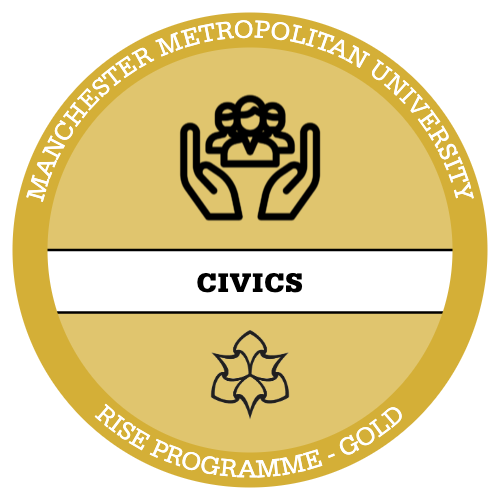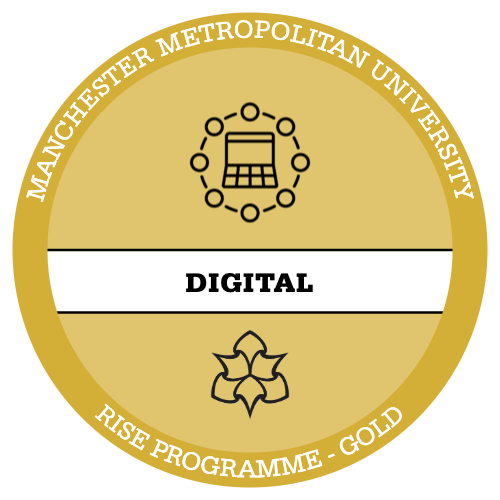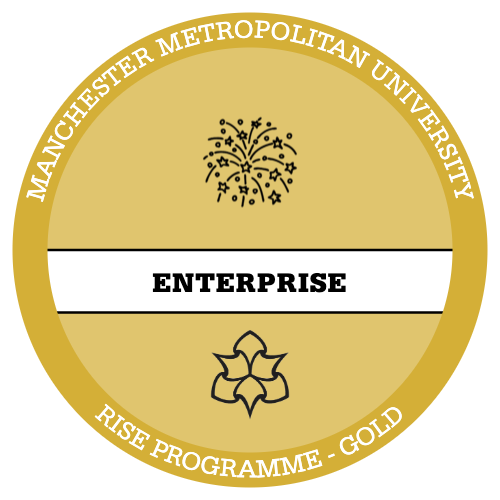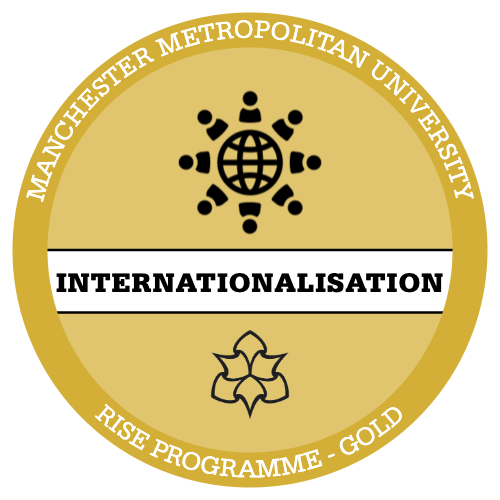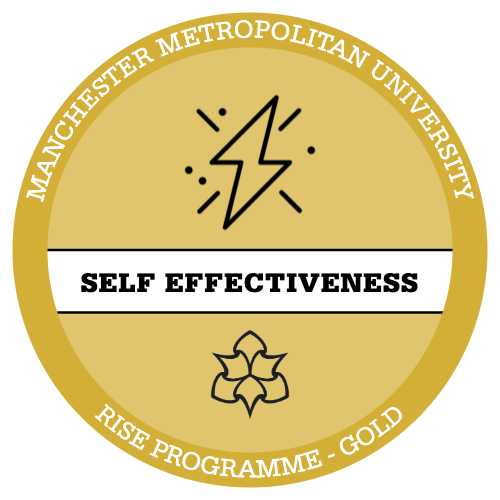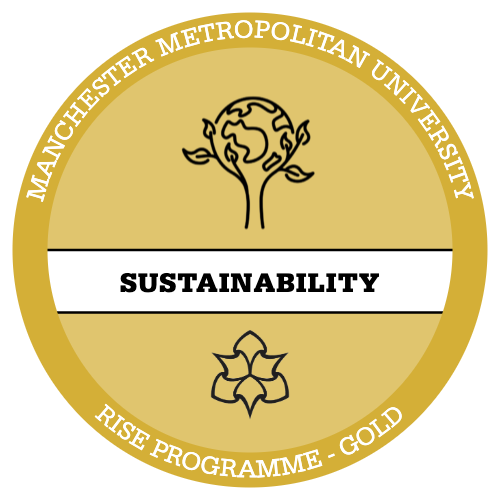Introduce: Task 1
This week, we will focus on how one’s identity is associated with accent and pronunciation. You will consider the many languages or voices that you possess, and how accentism is part of our social reality.
If someone asked you to define your identity or to think about what makes you who you are, a lot of ideas might come to your mind. These ideas may include your likes, interests, appearance and background. Interestingly, another thing that you can also consider as part of your identity is the way you speak. Each person has their own, distinct voice which is composed of several parts from our accent to the volume we speak. Our voice is part of our identity. For this reason, It is important that we do not discriminate based on accent and learn to adapt our voice to suit our audience or the person we are communicating with. We do this all the time without thinking about it; the way we speak to a child is very different to the way we speak at an interview. We can employ this when communicating across a language barrier.
We may be aware of unjust or prejudicial treatment on the grounds of race, age, sex, or disability, but think about if one’s accent may also lead to discrimination. This is known as ‘accentism’ and we will look at that this week.
We will also introduce you to the third of our ‘languages of Greater Manchester’: Mandarin Chinese.
Assessment Focus 3 – Design and demonstration: presenting information for a specific audience
For your assessment for this course, you will be asked to create an artifact which can be used to relay information about how to overcome language barriers in a setting of your choice.

Stop and Reflect:
Artifact
Last week you thought of the setting which your artefact would be distributed i.e. in a nursery school; when speaking to a client in their home etc. Remember, you can change this if you change your mind as the course progresses. Reflect on artefacts using the following template.

